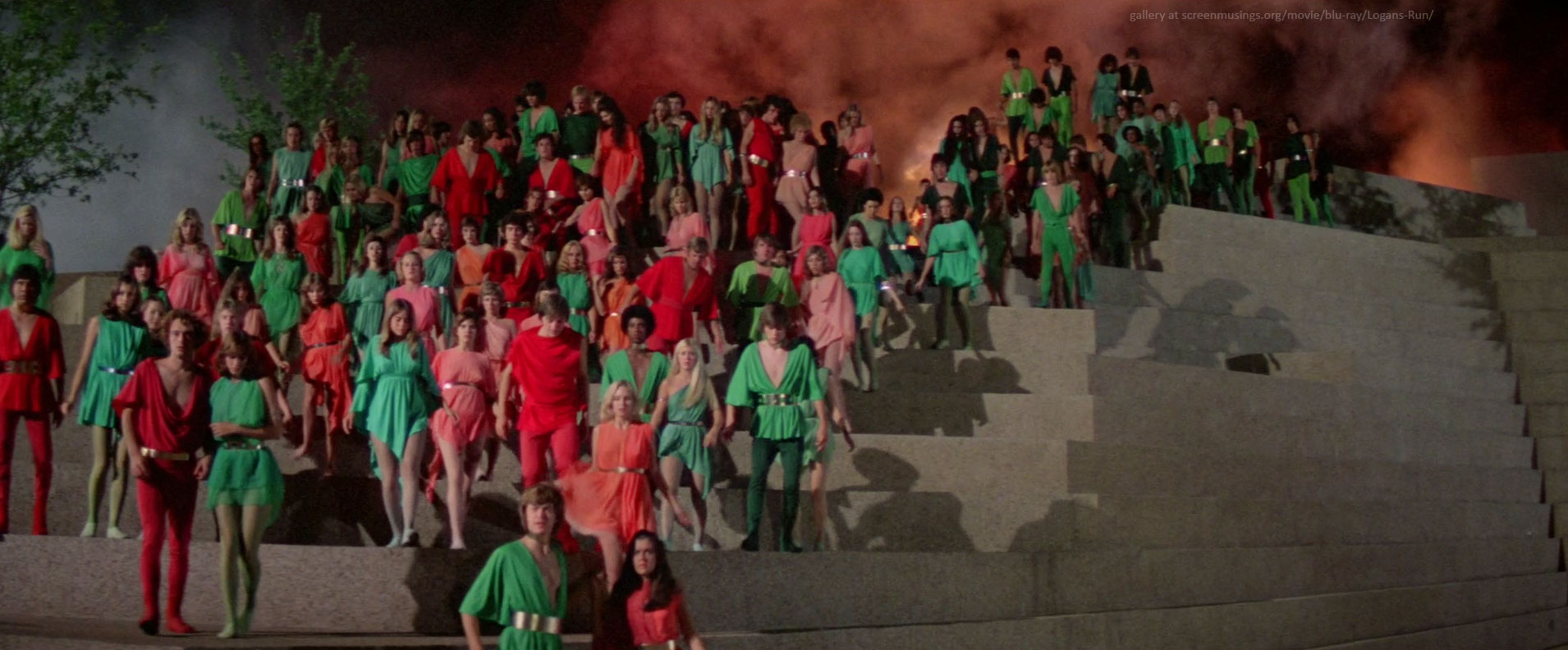Well, perhaps more than the absolute figures we should look at the percentage... I mean, I suppose that the total number of the (American) tv shows made in the 1977 isn't comparable to today...
Well, as you said, genre shows back then rarely made it beyond a season or two, and prior to ST:TNG, virtually nothing in the US made it past five seasons (besides
Adventures of Superman and
Bewitched). These days, there are many long-running genre shows. So even if you compare the percentage of
shows, that doesn't really reflect how much greater the percentage of
content is, because most of those shows were flashes in the pan that constantly replaced each other in the same rather small niche.
Let's see... Looking at the 1970-1 schedule on Wikipedia, the only prime-time genre shows I see (unless you count
Mission: Impossible, which was sometimes borderline-SF) are
Bewitched and
The Immortal, plus
Nanny and the Professor (a
Mary Poppins-inspired sitcom that was more ambiguous about its nanny's paranormal abilities). In '71-2, you've still got both sitcoms, plus the psychic-detective series
The Sixth Sense. In '72-3, those three shows are gone, and there's basically just
Search (a spy-fi adventure show) and a horror anthology retitled from
Ghost Story to
Circle of Fear. In '73-4, there was pretty much only
The Six Million Dollar Man. That was joined in '74-5 by
Planet of the Apes and
Kolchak: The Night Stalker. In '75-6, you had $6M,
The Invisible Man, and
Wonder Woman, plus
Space: 1999 in syndication; and in '76-7, $6M, WW and 1999 were joined by
The Bionic Woman, The Fantastic Journey, and
Gemini Man (a different invisible-man show).
Now, in '77-8, in the wake of the
Logan's Run movie and
Star Wars, there was a huge glut: along with $6M, TBW, and WW, you had
Logan's Run,
The Amazing Spider-Man, The Incredible Hulk, The Man from Atlantis, Project UFO, the sitcom
Quark, and
Lucan (a borderline-genre show about a boy raised by wolves). But by '78-9, the only ones of those that were left were WW,
Hulk, Spidey, and
Project UFO, and we had a glut of other one-season wonders --
Galactica, Salvage 1, Cliffhangers, Supertrain, the flash-in-the-pan
Time Express -- plus one breakout hit,
Mork & Mindy. And by '79-80, the glut was fading -- only
Hulk, Mork, and
Salvage 1 survived, plus
Galactica 1980, and newcomers
Buck Rogers, Beyond Westworld, and a Frankenstein-themed sitcom,
Struck by Lightning, that got canned after 3 episodes. And only Hulk, Mork, and Buck survived the season.
So, okay, there were more shows in all than I remembered, particularly later in the decade. But most of them came and went quickly, which is probably why it felt to me at the time like there was a dearth of genre programming, since the shows I wanted to see more of kept ending.





